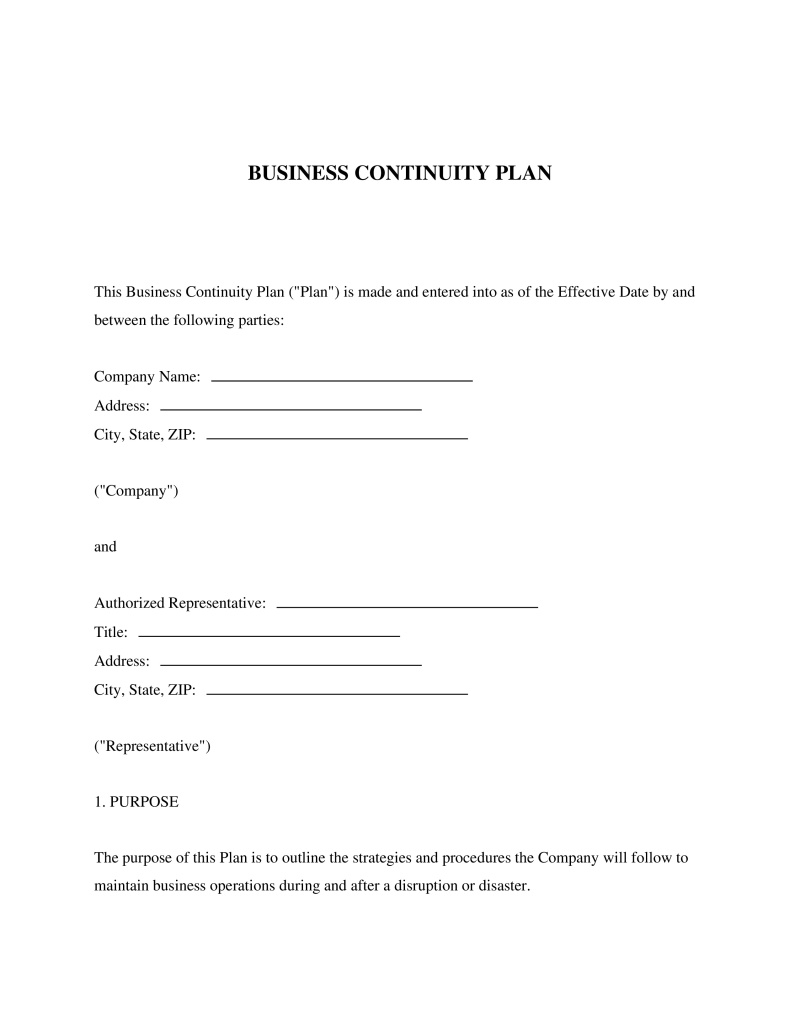What is a Business Continuity Plan?
A Business Continuity Plan (BCP) is a strategic document that outlines how a business will continue to operate during an unplanned disruption in service. It's more comprehensive than a disaster recovery plan and contains contingencies for business processes, assets, human resources, and business partners – every aspect of the business that might be affected. It's a vital component of successful business continuity planning.
Key Features
Pros & Cons
A well-crafted BCP demonstrates to regulators, auditors, and stakeholders that the business is prepared for disruptions. In certain industries, having a business continuity plan may be a legal or contractual requirement. In the event of a lawsuit, your BCP can be evidence that your organization took reasonable steps to mitigate the risk of business disruptions.
Pros
Cons
Common Uses
About this document
A Business Continuity Plan outlines strategies to maintain operations during disruptions, ensuring organizational resilience and recovery.
This document utilizes our advanced PassTheBar AI technology, ensuring bar-exam precision and comprehensive legal coverage.
This document is designed to comply with the laws of all 50 states.
Community Discussion
Share your experience and help others
Legal Notice: Comments are personal opinions and do not constitute legal advice. Always consult a qualified attorney for matters specific to your situation.

Comments (0)
Leave a Comment
No comments yet. Be the first to comment!